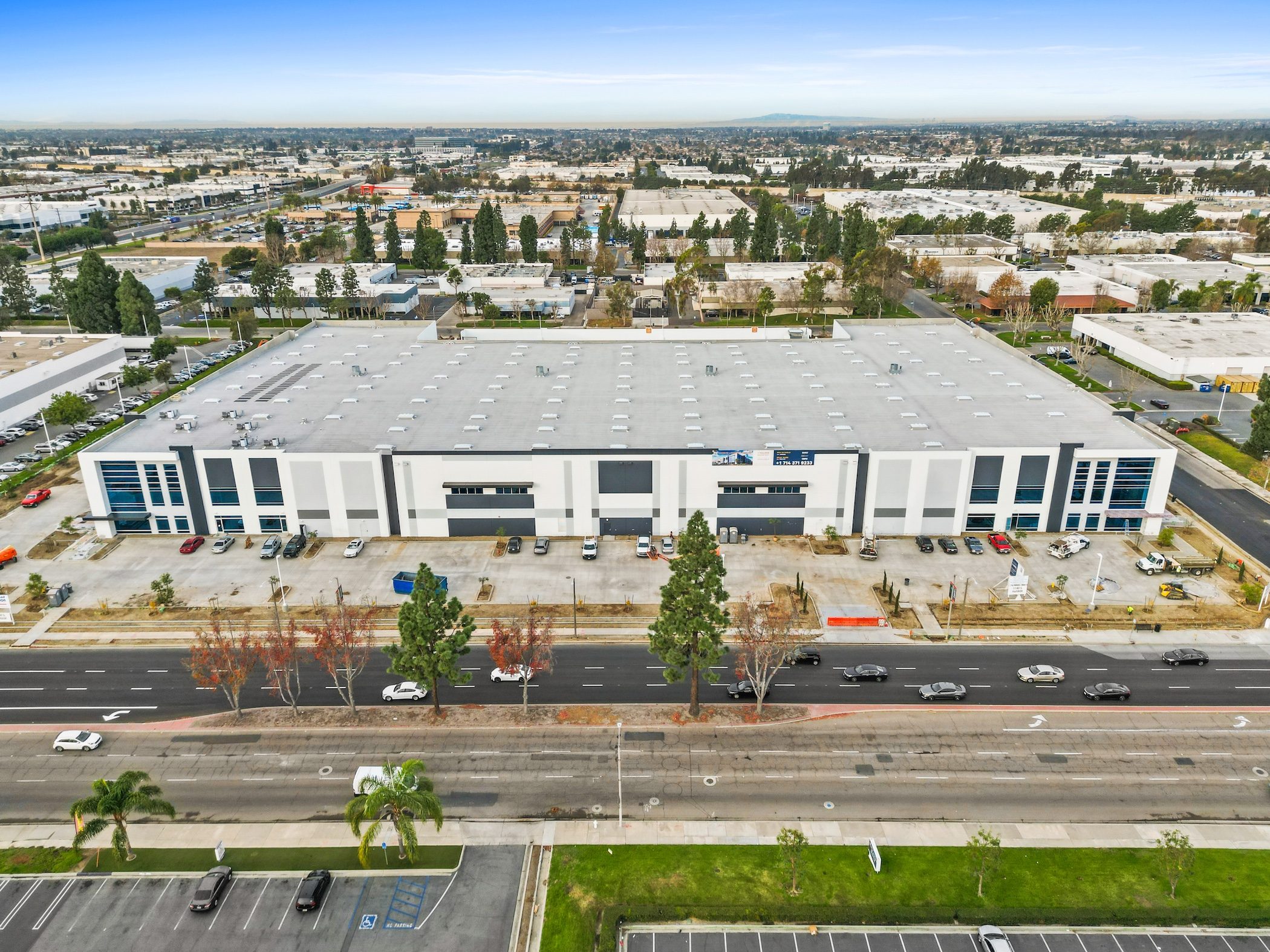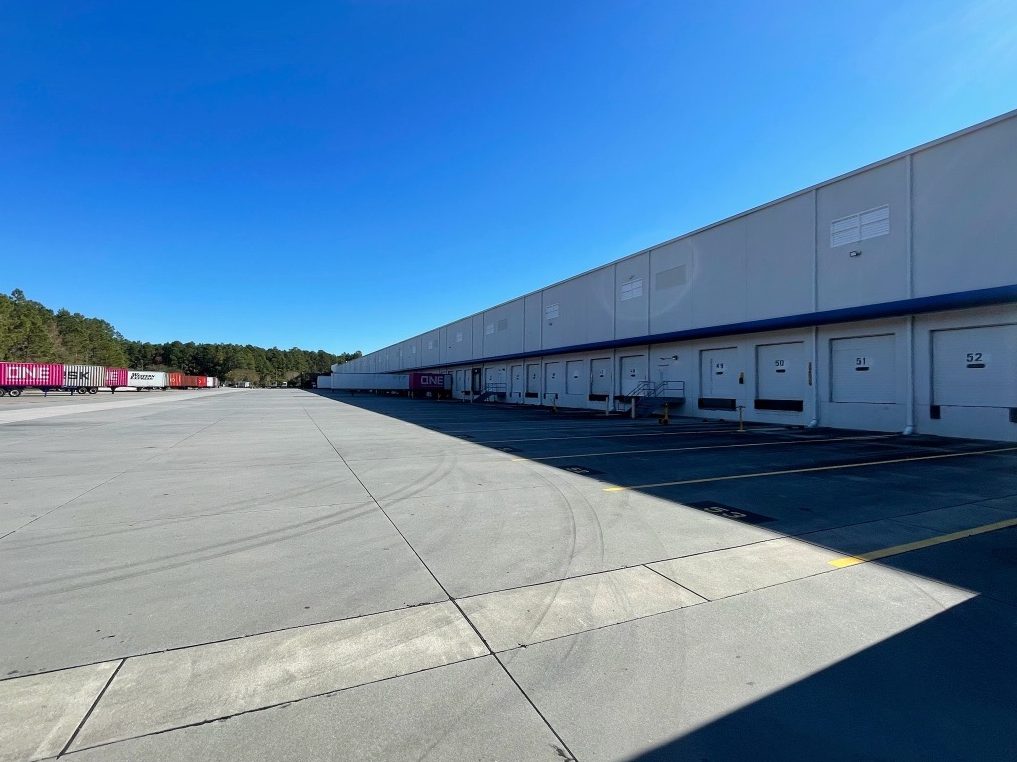Recession-Proofing Your Multifamily Portfolio
Susan Tjarksen of Cushman & Wakefield offers a number of strategies for keeping your properties relevant even when the economy takes a turn for the worse.

Susan Tjarksen Photo courtesy of Cushman & Wakefield
As the market shows sign of cooling, recession-proofing strategies are on the minds of investors small and large. Some $19 trillion in household wealth was lost in the last recession, according to the U.S. Treasury Department, and while no one predicts a recession as severe as the last one, there are steps owners can take now to avoid repeating mistakes from the previous cycle.
During my 30 years in the business, I’ve learned that a multifamily portfolio, when managed well, offers several advantages in a recession:
Always in demand. Everyone needs a place to live, whereas not everyone needs office space to work or a retail store to shop in—especially in the e-commerce era. In addition, during a recession, homeownership tends to decline while rentals increase.
Steady income and long-term value appreciation. Your multifamily portfolio can produce steady monthly income and may build slow but solid long-term value appreciation, depending on occupancy during the downturn.
Good balance to stocks. Real estate investments, including multifamily assets, offer advantages over stocks, like the ability to use leverage, add value and enjoy certain tax benefits, such as depreciation.
Among the things I suggest to my clients:
Trim the fat. Depending on your appetite for risk, I recommend that you reduce nonperforming assets and otherwise tighten up your portfolio, but don’t liquidate it. As Bob Bacarella of Monetta Financial Service recently said, a recession is a wave that will pass or that you can surf on. You can make money on multifamily investments during a recession, but you’ll want to favor strong, well-located assets with a stable tenant base.
Diversify geographically, and think long term. Solid job and wage growth drive multifamily demand. Look for proximity to growing industries, like tech—a major driver of the economy, with every tech job supporting four others—and co-working, and think in terms of five- to 10-year growth.
Scale for yield. Achieving economies of scale, after proof of concept, is how you make real money. You acquire additional units but share fixed costs, earning more.
Become an early adopter of technology. Third-party management and operations platforms help create “sticky” tenants by delivering on-demand service that can serve as a differentiator in a crowded market. Residents use the application to pay their rent, book amenities, request maintenance and more. Owners use them to respond to inquiries. They may even sell ad space on the apps as an additional source of revenue.
Offer incentives before the competition. Those who will come out on top during a recession will read the market and lower rent first, before anyone else. It’s better to lock in your tenants at a discount as soon as you see the market start to dip than to wait until all rents drop, in which case you risk losing your competitive market position.
Explore long-term leases. Similarly, going into a recession, it’s a good strategy to lock in tenants with long-term leases—anywhere from 18 months to two or more years—for the guarantee of a tenant, even if it means a slight reduction in rents collected during that period. Certainty is better than uncertainty in a shifting market.
Consider short-term rental investments. Short-term rentals are a growing niche of the market, with several new players scaling the concept into institutional investment-grade product. In delivering a hospitality-like experience in a home-like setting, these units cater to a diverse base of business and leisure travelers while delivering up to a four-times rent premium over traditional rentals.
Remember your fundamentals. The old real estate adage “location, location, location” exists for a reason. A walkable lifestyle, with easy access to jobs, transit, retail, restaurants and nightlife, will appeal to renters in good times and bad.
Although you can never completely recession-proof an investment or portfolio, experienced owners know the best time to prepare for a downturn is when times are good. That time is now, and investors who take a measured, proactive approach to asset management will be best positioned to capitalize on opportunities that arise whenever the market shifts.
Susan Tjarksen co-founded KIG CRE in 2015. The company was acquired by Cushman & Wakefield in 2018.







You must be logged in to post a comment.